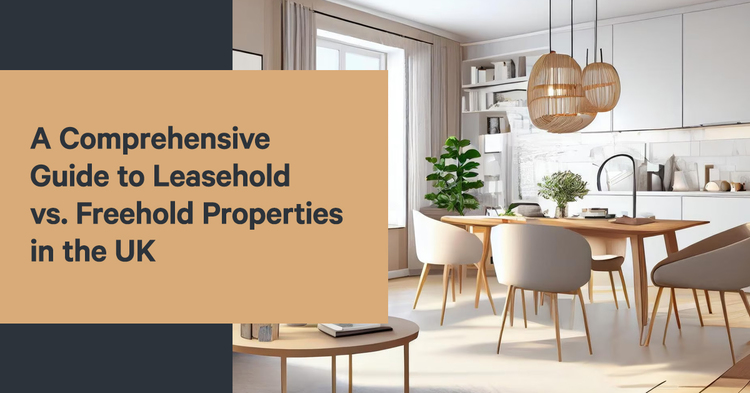Introduction
Embarking on the journey of property ownership in the United Kingdom unveils a tapestry woven with the intricate threads of leasehold and freehold properties. The collaboration between discerning property investors and insightful estate agents in Sidcup sets the stage for an exploration of these two distinct realms. In this extensive guide, we unravel the complexities of leasehold versus freehold properties, offering a comprehensive narrative to empower investors in making informed decisions about their real estate ventures.
Leasehold Labyrinth: Understanding Property Tenure
The labyrinth of leasehold properties presents a unique narrative of property tenure. Instead of outright ownership, leasehold entails temporal stewardship, where investors hold the property for a designated period. This nuanced form of ownership involves paying ground rent to the freeholder, adding a layer of complexity to the property’s narrative. Navigating the leasehold labyrinth requires a meticulous understanding of lease terms, ground rent obligations, and potential limitations on property alterations.
Freehold Freedom: The Unfettered Realm of Ownership
Contrasting the leasehold labyrinth, freehold ownership unfurls a narrative of unbridled freedom. Possessing a freehold property transcends the constraints of lease agreements, offering investors outright ownership of both the property and the land it stands upon. This realm of ownership comes with the autonomy to make decisions without the constraints of leasehold obligations, providing a canvas for property investors to paint their visions without external restrictions.
Financial Implications: The Economic Cadence
Leasehold and freehold properties conduct different economic cadences, influencing the financial symphony of property ownership. Leasehold properties often involve ongoing ground rent payments and, in some cases, service charges. These financial obligations add a dynamic layer to the economic narrative, necessitating careful consideration of long-term financial implications. Freehold properties, on the other hand, offer a more straightforward economic melody, with owners having greater control over costs and financial decisions.
Rights and Responsibilities: The Legal Ballet
The legal ballet of property ownership extends beyond ownership to encompass rights and responsibilities. Leasehold properties choreograph a dance where tenants have rights defined by the lease agreement but are also subject to restrictions imposed by the freeholder. Freehold ownership, conversely, grants an expansive set of rights and responsibilities, providing property owners with greater autonomy over their investment. Navigating this legal ballet necessitates a nuanced understanding of legal frameworks governing each form of ownership.
Resale Realities: The Property Market Waltz
The waltz of resale realities takes center stage when considering leasehold versus freehold properties. Leasehold properties often face unique challenges in the resale market due to the potential impact of ground rent increases and lease term considerations. Freehold properties, in contrast, often enjoy a more straightforward waltz in the resale market, with fewer encumbrances affecting market dynamics. Understanding these resale realities becomes crucial for investors contemplating the longevity and liquidity of their property investments.
Decision Dilemmas: Navigating the Crossroads
As property investors stand at the crossroads of leasehold and freehold decisions, the choice becomes a pivotal dilemma. The decision-making process involves weighing the pros and cons of each form of ownership, considering long-term financial implications, legal intricacies, and the investment’s resale potential. Navigating these decision dilemmas requires a strategic approach, often guided by the insights of experienced estate agents, ensuring that property investors make choices aligned with their objectives and aspirations.
Conclusions
In this odyssey through the realms of leasehold and freehold properties, the collaboration between property investors and estate agents emerges as the guiding compass. The leasehold labyrinth unfolds a narrative of temporal stewardship, contrasting the freehold freedom that offers unbridled ownership. Financial implications play a dynamic cadence, legal ballets choreograph rights and responsibilities, and resale realities shape the property market waltz. At the crossroads of decision dilemmas, the insights of experienced estate agents become the beacon, empowering property investors to navigate the complex terrain of property ownership in the vibrant landscape of the UK real estate market.

